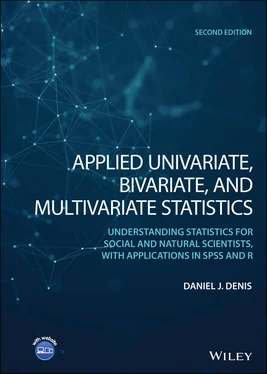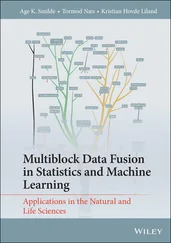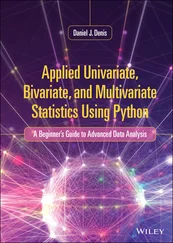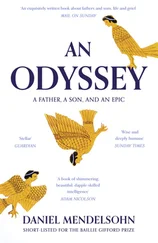Chapter14on exploratory factor analysis now concludes with a brief introduction and overview of the technique of multidimensional scaling should readers wish to pursue this topic further. By relating the technique somewhat to previously learned techniques, the reader is encouraged to see the learning of new techniques as extending their current knowledge base. This is due to the book emphasizing foundations and fundamental principles of applied statistics, rather than a series of topics seemingly unrelated.
Chapter 15 has been expanded slightly to include a basic demonstration of data analysis using AMOS software. Many users who perform SEM models use AMOS instead of R, and so it seemed appropriate to include a small sample of AMOS output in the context of building a simple path model. Additional references for learning and using AMOS are also provided for those who wish to venture further into structural equation models.
The inclusion in select places brief discussions of, and references to, “Big Data,” as well as data science and machine learning, and why understanding fundamentals and classical statistics is even more important today than ever before in light of these advancements. These fields are heavily computational, but for the most part, have technical origins in fundamental statistics and mathematics. We try our best to key the reader to where these topics “fit” in the wider data analytic landscape, so if they choose to embark on these topics in future study, or further their study of computer science, for example, they have a sense of how many of these techniques build on foundational elements.
Select chapter exercises have been edited as to clarify what they are asking, while a few others have been deleted since they did not seem to work well in the first edition of the book. The majority of the exercises remain conceptually‐based as to encourage a deep and far‐reaching understanding of the material. Select data‐analytic exercises have been either edited or substituted for better ones.
Additional references and citations have been added to supplement the book which already features many classic references to pioneers in applied statistics.
An on‐line Appendix featuring a review of essential mathematics is available at www.datapsyc.com.
I am indebted to all at Wiley who helped in the production of the book, both directly and indirectly. A sincere thank you to Mindy Okura‐Marszycki, Editor at Wiley, who supported the writing of this second edition (the first edition was edited by Steve Quigley and Jon Gurstelle). Thank you as well to all other associates, both professional and unprofessional, who in one way or another influenced my own learning as it concerns statistics and research. Comments, criticism, corrections, and questions about the book are most welcome. Please e‐mail your feedback to daniel.denis@umontana.eduor email@datapsyc.com. Data setsand errataare available at www.datapsyc.com.
Daniel J. Denis
ABOUT THE COMPANION WEBSITE
This book is accompanied by a companion website:
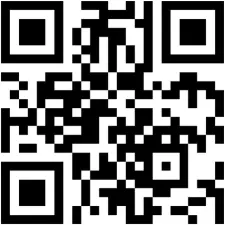
www.wiley.com/go/denis/appliedstatistics2e
The website contains appendix and preface of the first edition.
1 PRELIMINARY CONSIDERATIONS
Still, social science is possible, and needs a strong empirical component. Even statistical technique may prove useful – from time to time.
(Freedman, 1987, As Others See Us: A Case in Path Analysis, p. 125)
Before we delve into the complexities and details that is the field of applied statistics, we first lightly survey some germane philosophical issues that lay at the heart of where statistics fit in the bigger picture of science. Though this book is primarily about applied statistical modeling, the end‐goal is to use statistical modeling in the context of scientific exploration and discovery. To have an appreciation for how statistics are used in science, one must first have a sense of some essential foundations so that one can situate where statistics finds itself within the larger frame of scientific investigation.
1.1 THE PHILOSOPHICAL BASES OF KNOWLEDGE: RATIONALISTIC VERSUS EMPIRICIST PURSUITS
All knowledge can be said to be based on fundamental philosophical assumptions, and hence empirical knowledge derived from the sciences is no different. There have, historically, been two means by which knowledge is thought to be attained. The rationalistderives knowledge primarily from mental, cognitive pursuits. In this sense, “real objects” are those originating from the mind via reasoningand the like, rather than obtained empirically. The empiricist, on the other hand, derives knowledge from experience, that is, one might crudely say, “objective” reality. To the empiricist, knowledge is in the form of tangible objects in the “real world.”
Ideally, science should possess a healthy blend of both perspectives. On the one hand, science should, of course, be grounded in objective objects. The objects one studies should be independent of the psychical realm. A cup of coffee is a cup of coffee regardless of our belief or theory about the existence of the cup. On the other hand, void of anyrationalist activity, science becomes the study of objects for which we are not allowed to assign meaning. For example, the behavior of a pigeon in a Skinner box1 1 (see Figure 1.1) can be documented as to the number of times it presses on the lever for the reward of a food pellet. That the pigeon presses on the lever is empirical reality. Whythe pigeon presses on the level is theoretical speculation, of which there could be many competing possibilities. Observing data is fine, but without theory, we have very little “guidance” to either explain current observations or predict new ones. B.F. Skinner’s theory of operant conditioning, being such that the pigeon presses the lever because it is reinforcedto do so, is a prime example of where a wedding of rationalism and empiricism takes place. The theory attempts to explainor accountfor the pigeon's behavior. It is a narrative for why the pigeon does what it does.
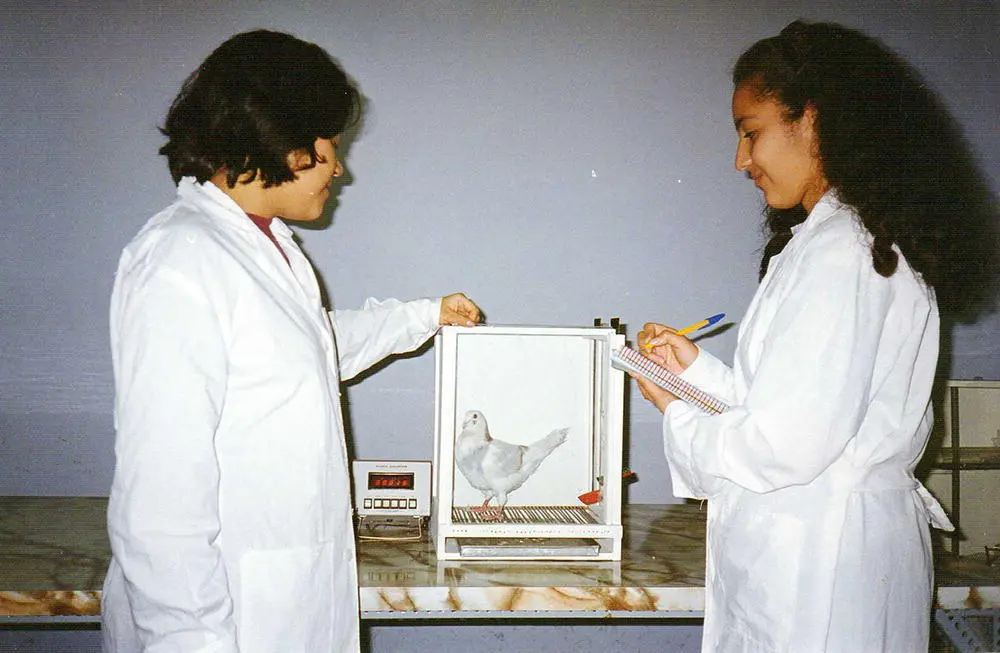
Figure 1.1Observing the behavior of a pigeon in a Skinner box.
Source: Dtarazona (1998). https://commons.wikimedia.org/wiki/File:UNMSM_PsiExperimental_1998_2.jpg. Public Domain.
Of course, theorizing can go too far, much too far. One must be cautious to not “over‐theorize” too emphatically without acknowledging the absence of empirical backing. Is there anything wrong with hypothesizing that cloudy days are associated with depressive moods? No, so long as you are prepared to state what evidence exists that may support or contradict your theory. If no evidence exists, you may still theorize, but you owe it to your audience to admit the lack of current empirical support for your hypothesis.
As an example of “heightened theorizing,” recall the missing Malaysia Airlines Flight 370where a Being 777 aircraft vanished, apparently without a trace, originally destined from Kuala Lumpur to Beijing in March of 2014. Media were sometimes criticized for proposing numerous theories as to its disappearance, ranging from the plane being flown into a hidden location to it being hijacked or a result of pilot suicide. One theory even speculated that the plane was swallowed by a black hole! Speculation is fine and theorizing is a necessary scientific as well as human activity, so long as one is up front about existent available evidence to support the theory one is advancing. Indeed, one could assign probabilities to competing theories and revise such probabilities as new data become available. This is precisely what Bayesianphilosophers and statisticians are wont to do. A theory should only be considered crediblehowever when empirical reality and the theory coincide (see Figure 1.2). The fit may not be perfect, and seldom if ever is, but when the rational coincides well with the empirical, credibility of the ideais at least tentatively assured, at least until potentially new evidence debunks it (e.g., the fall of Newtonian physics).
Читать дальше
